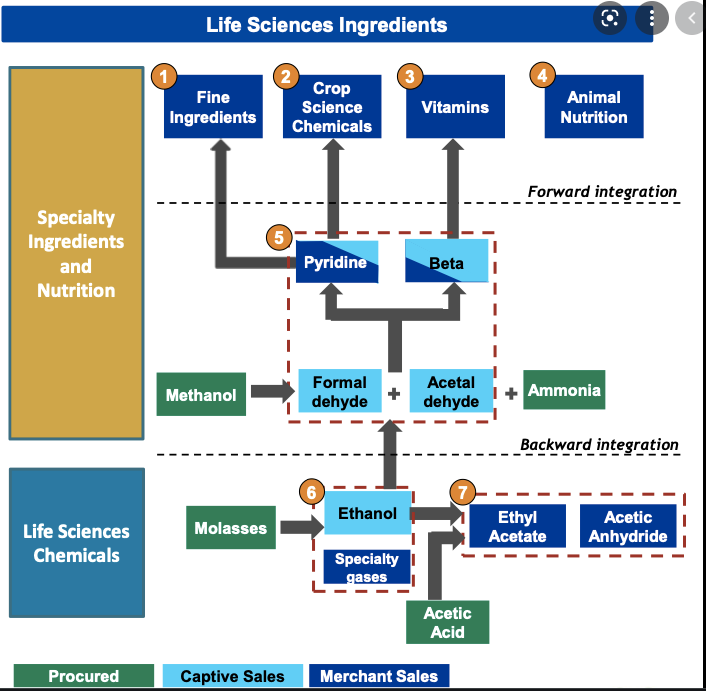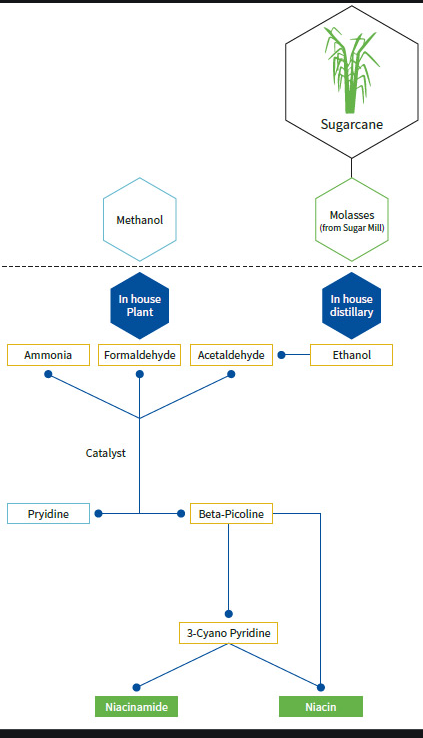
Pigments per Gyan
There are two primary types of pigments —organic and inorganic.
1-INORGANIC PIGMENTS
Inorganic pigments are not based on carbon chains and rings. Instead, they consist of dry ground minerals, usually metals and metallic salts.
There are two primary types of pigments —organic and inorganic.
1-INORGANIC PIGMENTS
Inorganic pigments are not based on carbon chains and rings. Instead, they consist of dry ground minerals, usually metals and metallic salts.
Because of their composition, inorganic pigments are usually more opaque and more insoluble than organic pigments. In general, inorganic pigments are the most commonly used in industry, favored for their lightfastness and low cost.
inorganic pigments tend to be a popular choice in industry for numerous reasons, but they do have their drawbacks. Some of the most significant positive and negative properties of inorganic pigments are:
A-Excellent fade resistance: One benefit of inorganic pigments is their excellent resistance to fading when exposed to light. They also tend to be more resistant to fading when exposed to open air and heat.
B-Cost-effective: Inorganic pigments tend to be cheaper to produce, especially in the large
quantities needed for industrial applications. Much of this is due to the relatively simple
chemical reactions needed to produce inorganic pigments.
quantities needed for industrial applications. Much of this is due to the relatively simple
chemical reactions needed to produce inorganic pigments.
C-Poor tonality: While inorganic pigments tend to retain their color well, the color they
produce by themselves is often dull. Improving tonality and brightness is often only
possible when mixing inorganic pigments with organic pigments or dyes.
produce by themselves is often dull. Improving tonality and brightness is often only
possible when mixing inorganic pigments with organic pigments or dyes.
d-Toxicity: Inorganic pigments tend to be more harmful to the environment due to the
presence of lead salts in their composition. Some are even outright toxic, such as lead-based pigments.
presence of lead salts in their composition. Some are even outright toxic, such as lead-based pigments.
INORGANIC PIGMENTS LIST OF EXAMPLES
Titanium dioxide
White extender pigments
Black pigments ( Carbon Black )
Iron-oxide earth pigments
Chromium pigments
Cadmium pigments
Metallic pigments
Iron blue
Titanium dioxide
White extender pigments
Black pigments ( Carbon Black )
Iron-oxide earth pigments
Chromium pigments
Cadmium pigments
Metallic pigments
Iron blue
B-ORGANIC PIGMENTS
Organic pigments are based on carbon chains and rings. While some contain inorganic elements as stabilizers, organic pigments are defined primarily by this factor. These strong carbon chains also make them highly stable.
Organic pigments are based on carbon chains and rings. While some contain inorganic elements as stabilizers, organic pigments are defined primarily by this factor. These strong carbon chains also make them highly stable.
Carbon-based pigments are derived from animals, vegetables or synthetic organic chemistry. While traditional pigments were typically created using flora and fauna, the majority of modern pigments are created through synthetic organic chemistry.
Synthetic organic pigments are most commonly derived from aromatic hydrocarbons including coal tars and other petrochemicals.
Organic pigments are marked by the following qualities:
Organic pigments are marked by the following qualities:
A-Color quality: While most organic pigments are considered transparent, their tonality is
unparallelled. Organic pigments are characterized by bright, rich colors. They often
provide powerful tint strength despite their transparency.
unparallelled. Organic pigments are characterized by bright, rich colors. They often
provide powerful tint strength despite their transparency.
B-High prices: Organic pigments tend to be more expensive to produce, especially
synthetic organic pigments. Synthetic pigments require a great deal of chemical
processing to produce, increasing the cost by volume.
synthetic organic pigments. Synthetic pigments require a great deal of chemical
processing to produce, increasing the cost by volume.
c-Varying lightfastness: There are many different varieties of organic pigments, but most
of them tend to hold up poorly when exposed to light. While some can resist light and
heat exposure well, many will fade over time.
of them tend to hold up poorly when exposed to light. While some can resist light and
heat exposure well, many will fade over time.
Organic pigments tend to be less popular in most industries compared to inorganic pigments, with
the exception of artists' paints. However, organic pigments are frequently used on a lesser scale
in combination with inorganic pigments as this method improves the color quality
the exception of artists' paints. However, organic pigments are frequently used on a lesser scale
in combination with inorganic pigments as this method improves the color quality
ORGANIC PIGMENTS LIST OF EXAMPLES
A-Alizarin
B-Azo pigments
C-Copper phthalocyanines-Copper phthalocyanines have been ruling the pigment industry since they were introduced in 1935. Characterized by a brilliant shade, high strength, low cost, and surprising colorfastness despite
A-Alizarin
B-Azo pigments
C-Copper phthalocyanines-Copper phthalocyanines have been ruling the pigment industry since they were introduced in 1935. Characterized by a brilliant shade, high strength, low cost, and surprising colorfastness despite
being organic, this pigment is commonly used to produce strong blues and greens.
D-Quinacridone
MAIN DIFFERENCES BETWEEN ORGANIC AND INORGANIC PIGMENTS( Read Below)
D-Quinacridone
MAIN DIFFERENCES BETWEEN ORGANIC AND INORGANIC PIGMENTS( Read Below)
Brightness-Organic pigments are generally brighter and better in tonal quality compared to inorganic pigments. However, this color tends not to last. For long-lasting products, producers prefer inorganic pigments because they tend to hold their color better in
the presence of light and heat than organic pigments.
Chemical Stability -While organic pigments are very stable on their own, they dissolve in the presence of organic solvents and heat more easily than inorganic pigments. .
Chemical Stability -While organic pigments are very stable on their own, they dissolve in the presence of organic solvents and heat more easily than inorganic pigments. .
As a result, inorganic pigments tend to be more reliable in various applications
Colors-The variety of colors available varies between organic and inorganic pigments —inorganic pigments come in a wider range than do organic pigments
Colors-The variety of colors available varies between organic and inorganic pigments —inorganic pigments come in a wider range than do organic pigments
Cost-Inorganic pigment colors are more economical than organic colorants. Much of this cost difference has to do with manufacturing differences. While organic pigments must go through extensive chemical processing to produce a final product
, the processes required for inorganic pigments are comparatively minimal.
Dispersion-Inorganic pigments are easier to disperse than organic pigments. As a result, inorganic pigments are easier to use in large-scale production and can be used for a wider variety of application
Dispersion-Inorganic pigments are easier to disperse than organic pigments. As a result, inorganic pigments are easier to use in large-scale production and can be used for a wider variety of application
Size- Organic pigments and inorganic pigments differ in particle size —inorganic pigments have significantly larger average particle sizes than organic pigments. Larger particles scatter light more effectively, preventing it from passing through the substance and resulting in
better opacity. This is why organic pigments are considered transparent while inorganic pigments are opaque
Surface area-While organic pigments tend to be smaller in size than inorganic pigments, their surface area is generally larger.
Surface area-While organic pigments tend to be smaller in size than inorganic pigments, their surface area is generally larger.
As a result, organic pigments tend to create stronger, brighter colors.
So if your project requires bright colors and is unlikely to be exposed to outside conditions, organic pigments may be your best choice.
So if your project requires bright colors and is unlikely to be exposed to outside conditions, organic pigments may be your best choice.
However, if color vibrancy is not as important as color resilience, inorganic pigments may be the best option for your application.
• • •
Missing some Tweet in this thread? You can try to
force a refresh









